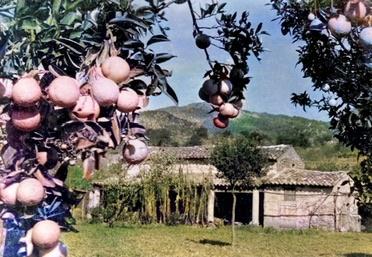How does the timing of the olive harvest in Mallorca affect the quality of the olives?
Similar Topics
olive harvest timing
mallorca olives
early harvest oil
late harvest oil
olive oil flavor
antioxidant levels
olive oil yield
olive oil quality
The timing of the olive harvest in Mallorca plays a crucial role in determining the quality and flavor profile of the olives. Typically, harvesting begins in late autumn when the olives start to change color from green to black. Early harvesting, when olives are still green or only partially ripe, generally results in oil with a robust, peppery taste and higher levels of antioxidants. This oil tends to be more vibrant in flavor, exhibiting a fresh, grassy aroma that is highly valued by connoisseurs. However, the yield during this period is often lower since the olives have not yet reached their maximum oil content.
As the harvest progresses into mid and late autumn, the olives turn darker and become fully ripe. Harvesting at this stage produces a milder, fruitier oil with a smoother texture, which is generally preferred for its buttery and slightly nutty notes. The oil yield is higher, as ripe olives contain more oil, but the concentration of some healthful polyphenols and antioxidants diminishes. Therefore, while the oil from later harvests may be more abundant and gentle in taste, it can lack the intensity and complexity found in early harvest oils.
In Mallorca, the climate and elevation also influence the timing and subsequent qualities of the olives. Cooler, mountainous areas might delay the ripening process, favoring a longer harvest season that allows producers to selectively pick olives at various stages according to the desired flavor profile. This careful timing and selection reflect the expertise of Mallorcan farmers who aim to balance both quantity and quality, ensuring that the unique character of the island’s olive oil is preserved.
Ultimately, the harvest timing is a thoughtful decision that impacts not only the taste and aroma of the olives but also their health benefits and culinary uses. Visitors and olive oil enthusiasts alike should note that early-harvest oils from Mallorca offer a more intense sensory experience, while oils from later-picked olives provide a gentler, more versatile flavor, showcasing the rich agricultural heritage of the island.
As the harvest progresses into mid and late autumn, the olives turn darker and become fully ripe. Harvesting at this stage produces a milder, fruitier oil with a smoother texture, which is generally preferred for its buttery and slightly nutty notes. The oil yield is higher, as ripe olives contain more oil, but the concentration of some healthful polyphenols and antioxidants diminishes. Therefore, while the oil from later harvests may be more abundant and gentle in taste, it can lack the intensity and complexity found in early harvest oils.
In Mallorca, the climate and elevation also influence the timing and subsequent qualities of the olives. Cooler, mountainous areas might delay the ripening process, favoring a longer harvest season that allows producers to selectively pick olives at various stages according to the desired flavor profile. This careful timing and selection reflect the expertise of Mallorcan farmers who aim to balance both quantity and quality, ensuring that the unique character of the island’s olive oil is preserved.
Ultimately, the harvest timing is a thoughtful decision that impacts not only the taste and aroma of the olives but also their health benefits and culinary uses. Visitors and olive oil enthusiasts alike should note that early-harvest oils from Mallorca offer a more intense sensory experience, while oils from later-picked olives provide a gentler, more versatile flavor, showcasing the rich agricultural heritage of the island.
🧩 Related Questions
Related Question
Are there any unique musical instruments used in the performance of traditional Mallorcan prayers?
Related Question
How does the education system in Mallorca collaborate with local businesses to support women leaders?
Related Question
What are some common mistakes to avoid when preserving quince for long-term use?
